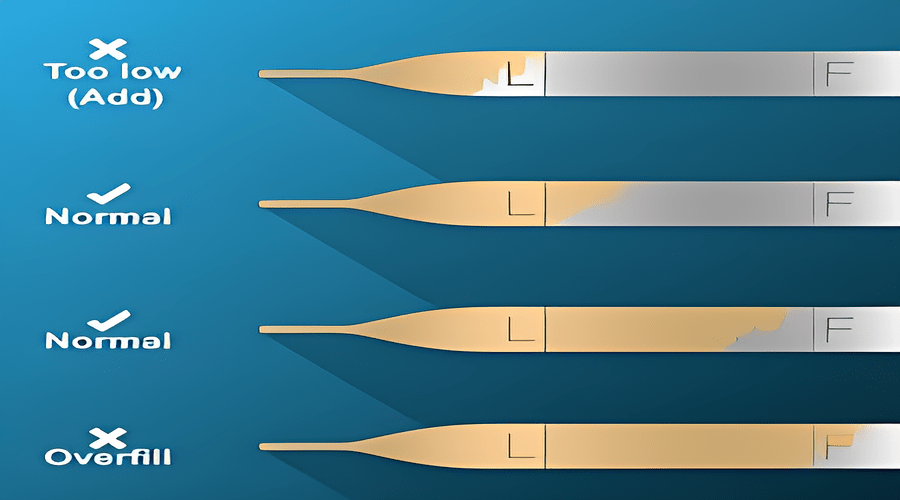When it comes to maintaining your vehicle, one of the simplest yet most crucial tasks is checking the oil level and condition using the dipstick. But have you ever wondered what color the oil should be? The color of oil on a dipstick can tell you a lot about the health of your engine. In this complete guide, we will explore the various colors of oil, what they mean, and how to ensure your engine stays in tip-top shape.
The Basics of Engine Oil
Engine oil serves multiple purposes: it lubricates moving parts, helps cool the engine, and cleans contaminants. Over time, however, oil can break down and become contaminated, which can lead to engine problems. Regular checks using the dipstick can help catch these issues early.
Understanding Oil Colors
The color of oil on a dipstick can range from clear yellow to dark brown or even black. Here’s a comprehensive breakdown of what these colors signify:
- New Oil: Typically, new oil is a bright amber or golden color. This indicates that it is clean and ready to lubricate your engine efficiently.
- Light Brown: If the oil appears light brown, it signifies that it’s starting to break down but is still functioning adequately. Regular changes should be considered if it stays this color.
- Dark Brown: Dark brown oil indicates that it has become contaminated with dirt and debris. It’s time for an oil change to prevent potential engine damage.
- Black Oil: If the oil is black, it’s a sign that it is dirty and has lost its effectiveness. This oil can no longer properly lubricate your engine, necessitating an immediate change.
- Milky or Creamy Oil: If you notice a milky or creamy texture, this is often a sign of coolant mixing with the oil, indicating a serious problem such as a blown head gasket.
- Foamy Oil: Foamy or bubbly oil could indicate aeration, which can happen when oil is overheating or if there’s a problem with the oil pump.
How to Check Your Oil Level and Condition
Checking your oil is a straightforward process. Here’s a step-by-step guide:
- Park on Level Ground: Ensure your vehicle is parked on a flat surface to get an accurate reading.
- Turn Off the Engine: Let the engine cool down for a few minutes before checking the oil.
- Locate the Dipstick: Open the hood and find the dipstick, which usually has a brightly colored handle.
- Remove and Wipe: Pull the dipstick out and wipe it clean with a rag or paper towel.
- Reinsert and Remove: Put the dipstick back in and then pull it out again to check the oil level and color.
- Assess Oil Condition: Look at the color and consistency of the oil on the dipstick according to the descriptions above.
When to Change Your Oil
Regardless of the color, it’s essential to follow your vehicle manufacturer’s recommendations for oil change intervals. However, if you notice any abnormal colors or textures, it’s wise to change the oil sooner. Here are some general guidelines:
- Every 3,000 to 5,000 miles for conventional oil.
- Every 5,000 to 7,500 miles for synthetic oil.
- Check your owner’s manual for specific recommendations based on your vehicle.
The Final Word on Oil Colors
Understanding what the color of oil on a dipstick signifies is key to maintaining your vehicle’s health. Regular checks can save you from costly repairs and ensure that your engine runs smoothly. Always pay attention to the color, texture, and consistency of your oil as part of your routine maintenance.

